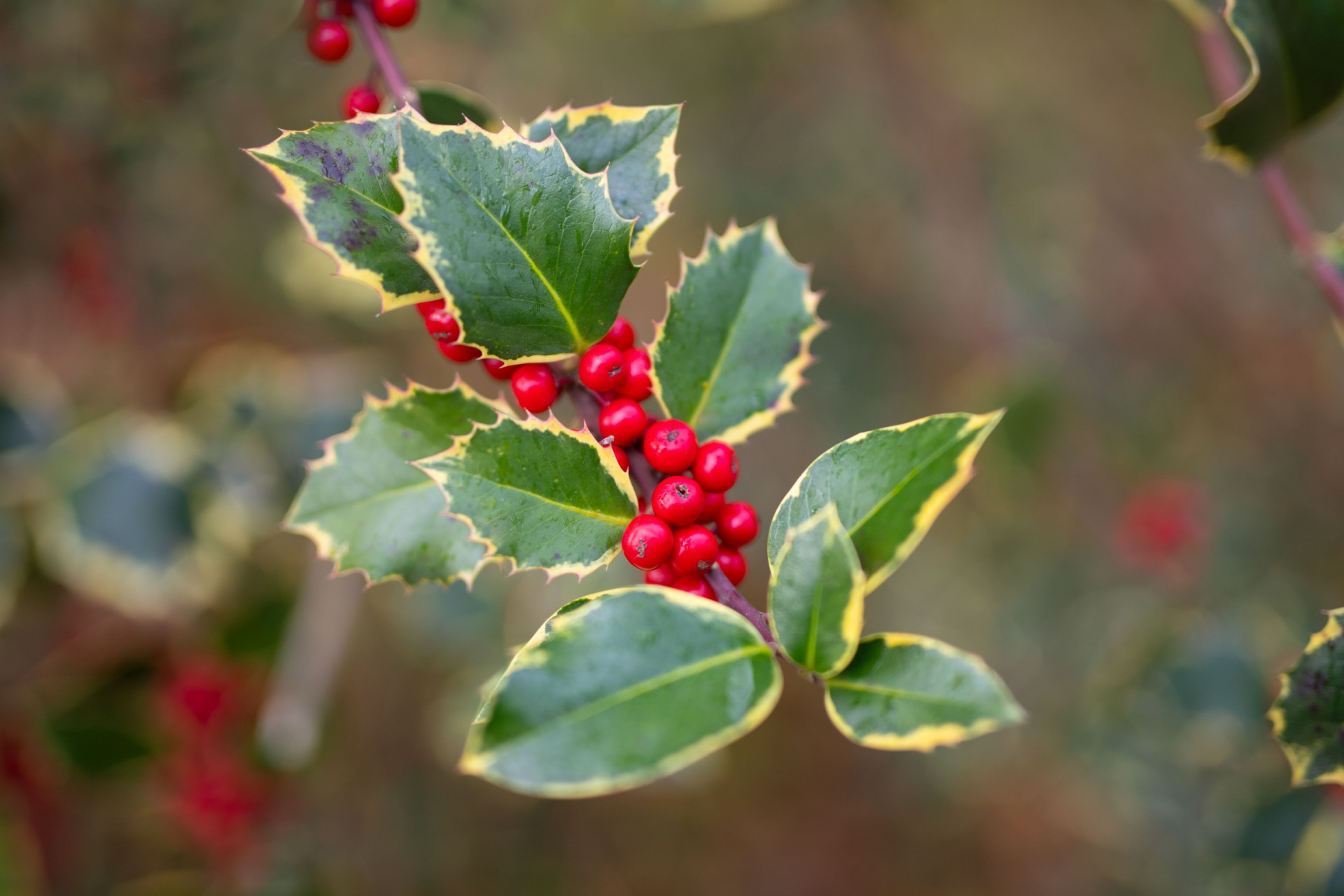
We do not know what this winter will be like. Will it paint ornaments of water crystals on the blades of last year's grass? Will it sparkle with the sun's cold rays on the frosty branches, needles, and leaves of the trees? Will it smell of the moldering leaves of last autumn? Either way, there is no need to be afraid of it. Let's dress warmly, go outside, and love the details of winter nature, it will surprise us.
For example, with colors. Even the winter garden plays with shades of green evergreens, ivy leaves, viburnums, boxwoods, and conifers. Even ordinary dogwoods can delight us with the rich colors of annual shoots, reds, and lush greens, depending on the variety. The garden in January shines with rare jewels - the red berries of hollies and the less-known nandina. This evergreen shrub native to Japan was cultivated in China and Korea in ancient times. The fruits of ornamental apple trees are also very decorative and persist in the treetops throughout the winter.
We can be enchanted by the color and the intoxicating scent of the fragrant viburnum (Viburnum farreri), a shrub native to northern China. The February daphne native to Czechia also blooms in early spring. Its flowers are purple-pink and fragrant but are careful, the whole plant is poisonous. So, if you are growing this plant in your garden, be aware of the risks. Speaking of the poisonousness in winter gardens, we should not forget the yew, one of the most poisonous Czech woody plants. Many ornamental cultivars of yew have been bred, differing in stature, size, and color of needles. In winter, the yew is decorated with red arils - a popular food for birds even though the seeds inside are highly poisonous.
January is the ideal month for birdwatching in the garden. If you feed birds at bird feeders during the winter, you can take part in the national event “Bird Hour” on the first weekend of January. It is already in its fifth year and is popular with the general public. As a bird-lover, you can build not only a bird feeder but also a refuge in the form of a pile of branches in your garden. This will be especially appreciated by sparrows and starlings. Likewise, a pile of leaves can be full of bird goodies, whether seeds, rotten fruits, or larvae. When not swept clean of all leaves, your garden will be much more vibrant, colorful, and full of singing bird guests.
In January, the garden can be covered in snow, frozen or muddy, but never dull. Even in wintertime, it is alive and interesting. Don't be afraid to explore it.